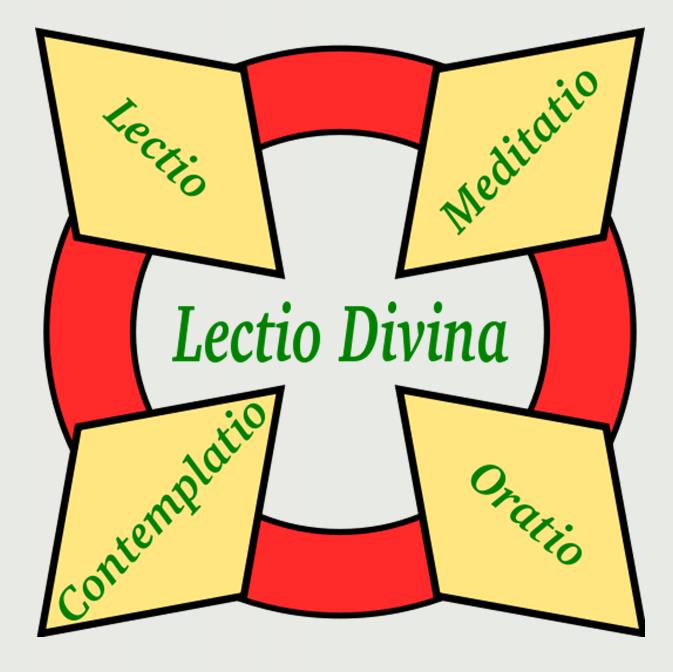
Though very little is known about the life of St. Benedict, his Rule was to have a lasting impact on the development of Christianity. Born into a “distinguished Italian family” in 480 C.E., St. Benedict would abandon his liberal education in Rome for a life of solitude.[1] However his solitude would soon be broken by groups of monks who sought out his wisdom and guidance. While at first St. Benedict refused to allow these visiting monks to live near him, he eventually took them on as disciples. At some point in his life, St. Benedict wrote his famous Rule to help guide these disciples as they banded together into communities. By the time of his death in 547 C.E., St. Benedict had founded twelve monasteries “with an abbot and twelve monks in each of them.” [2]
The Rule itself is fairly simple and straight forward, blending the best elements of the Eastern and Western monastic movements. The four primary guiding elements of the Rule are the opus Dei, communal work, intellectual activity, and vow of stability. Gluing these elements together was an “evident love and concern for the welfare” of the monks along with some basic common sense. [3]
In reading the Rule I could not help but be struck at the cult-like instructions of total obedience to the abbot. Not only were the monks to obey every command of the abbot, they were not allowed to disagree with him on threat of physical punishment. [4] Though I know the culture was different during the time of St. Benedict with family patriarchs regularly controlling the actions of their offspring, the content of the Rule is hard to digest with my modern Western mindset.
Endnotes
[1] Benedict. The Rule of St. Benedict. Trans. Anthony C. Meisel and M.L. del Mastro (Garden City, New York: Image Books, 1975), 25.
[2] Benedict. The Rule of St. Benedict, 27.
[3] Benedict. The Rule of St. Benedict, 28.
[4] Benedict. The Rule of St. Benedict, 54-55, 70.













